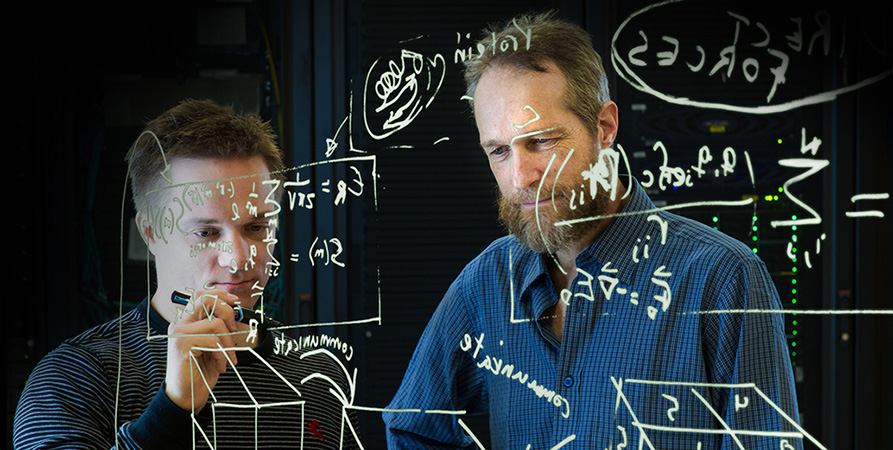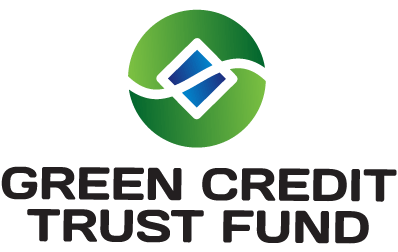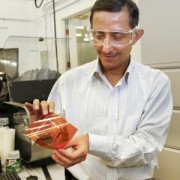New incubator network to help clean-energy entrepreneurs
The Energy Department’s National Renewable Energy Laboratory (NREL) and the Electric Power Research Institute (EPRI) have launched the Clean Energy Incubator Network. The program, funded by the Energy Department, aims to improve the performance of clean energy business incubators, connect critical industry and energy sector partners, and advance clean energy technologies emerging from universities and federal laboratories.

Source: http://incubatenergy.org/
Through its newly launched website, http://incubatenergy.org, networking opportunities, and identifying industry best practices, the network provides nationwide coordination that addresses the unique challenges facing energy start-ups.
“This website of resources and tools for incubators and entrepreneurs will serve as a focal point of the network,” said Matt Ringer, NREL’s project manager. “With our past experience building databases for a variety of related energy resources, NREL is well positioned to develop this type of resource for the clean tech industry.”
Over time, the website will include funding, laboratory, and event resources, in addition to an evaluation toolkit that will recommend resources specifically targeted to guide start-ups, based on their commercialization readiness level.
EPRI aims to serve as the convening force behind building greater success for innovation across the industry by sharing strategies and helping to facilitate connections between leaders in the clean energy incubator space.
“With the issues consistently seen when transferring clean energy technologies to the market, this type of incubation is particularly challenging,” said Beth Hartman, EPRI’s project manager for the new network. “To address these challenges, the network will help leading incubators in the clean energy industry learn from each other how to best find resources for supporting entrepreneurs. This support of entrepreneurs will also include connecting them with innovative partners from established industry leaders.”
Along with the NREL website, EPRI is working to help organize a variety of in-person and virtual events aimed at sharing best practices on both incubation techniques and clean energy technologies. The workshop convening at the ARPA-E Energy Innovation Summit, Feb. 9-11, marks the first of events focused on convening the incubator and innovation community. Later this year, a national summit will bring together an entire marketplace: start-ups, incubators, clean energy investors, and industry participants.
The Clean Energy Incubator Network also plans to implement a SmartIncubationTM program, in which the network will publish the results of its clean tech start-up analysis every six months, identifying and recommending best practices and strategies.
“Start-ups in the energy industry, unlike other industries, typically require more capital, longer timelines, and intense networking to commercialize workable technologies,” Hartman said. “This community will provide a smart focus on early stage clean tech incubation to meet strategic needs in the energy industry. In the end, our collaboration will support new technologies in energy that add diversity to our energy mix, reduce pollutants and create a more flexible power system for our nation.”
Available at phys.org





